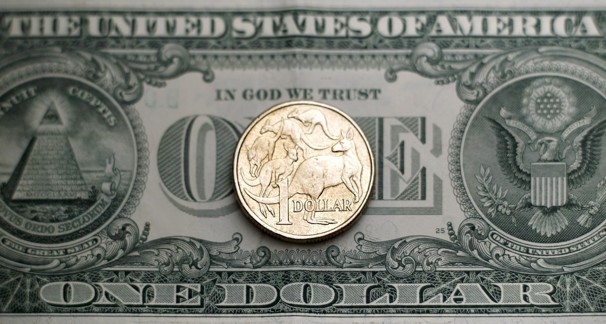The Treasury Department will not mint a trillion-dollar platinum coin to get around the debt ceiling. If they did, the Federal Reserve would not accept it.
That’s the bottom line of the statement that Anthony Coley, a spokesman for the Treasury Department, gave me today. “Neither the Treasury Department nor the Federal Reserve believes that the law can or should be used to facilitate the production of platinum coins for the purpose of avoiding an increase in the debt limit,” he said.
The inclusion of the Federal Reserve is significant. For the platinum coin idea to work, the Federal Reserve would have to treat it as a legal way for the Treasury Department to create currency. If they don’t believe it’s legal and would not credit the Treasury Department’s deposit, the platinum coin would be worthless.
The idea of minting a platinum coin to invalidate the debt ceiling comes from a few key sentences tacked onto the 1997 Omnibus Consolidated Appropriations Act. “Notwithstanding any other provision of law,” it reads, “the Secretary of the Treasury may mint and issue platinum coins in such quantity and of such variety as the Secretary determines to be appropriate.”
The author of those sentences was Mike Castle, a Republican congressman from Delaware. The intent was to help coin collectors who wanted the Treasury Department to mint cheaper platinum coins. “People couldn’t afford the $600 investment, so they wanted the flexibility to put in smaller coinage so that people could collect them,” Castle told Wonkblog this month. But in giving the Treasury Department the flexibility to mint platinum coins of little value, Castle accidentally gave them the flexibility to mint platinum coins of unlimited value. “That was never the intent of anything that I drafted or that anyone who worked with me drafted,” Castle continued.
The idea of minting a trillion-dollar platinum coin was first floated in May 2010, in the comment section of “The Center of the Universe,” a blog devoted to Modern Monetary Theory. The author was a lawyer writing under the pseudonym Beowulf. “Curiously enough Congress has already delegated to [Treasury] all the seignorage power authority it needs to mint a $1 trillion coin (even numismatic coins are legal tender at their face value and must be accepted by the Federal Reserve) — the catch is, it’s gotta be made of platinum.”
The platinum coin idea gained some powerful adherents during the debt-ceiling crisis of 2011, but it really developed traction following the 2012 fiscal cliff deal, as politicians and economics writers realized that the country would, indeed, be facing another debt-ceiling crisis in a matter of months. A Twitter campaign by Joe Weisenthal, of Business Insider, and Josh Barro, of Bloomberg View, forced it into the conversation, and subsequent endorsements by Rep. Jerry Nadler (D-NY), Nobel Prize-winning economist Paul Krugman and former U.S. Mint director Philip Diehl gave it further legitimacy.
But others, including myself, worried that the coin would be seen as an unprecedented power grab by the president, leading to a far more bitter standoff over the debt ceiling, a possible panic in the financial markets and a showdown in the courts. There was also the simple fact that it would, indeed, represent an admission that the government’s executive and legislative branches could no longer be trusted to come together and effectively manage the country’s finances.
Nevertheless, many top Democrats believed that the White House needed some kind of fallback option. Former president Bill Clinton said that if he were in office, he would invoke the 14th Amendment to call the debt ceiling unconstitutional “without hesitation, and force the courts to stop me.”
On Friday, Senate Majority Leader Harry Reid and his leadership team sent President Obama a letter urging him to “to take any lawful steps to ensure that America does not break its promises and trigger a global crisis — without congressional approval, if necessary.”
In response, Senate Minority Leader Mitch McConnell released a statement saying that to avoid the debt ceiling, “Democrats are looking at everything from the ridiculous (printing a trillion-dollar coin) to outright abdication of Congressional responsibility. But avoiding this problem will only make it worse.”
The White House seems to agree. This is, in fact, the second time that the Obama administration has ruled out a possible end run on the debt ceiling. In December, Press Secretary Jay Carney said, “This administration does not believe the 14th Amendment gives the president the power to ignore the debt ceiling — period.”
The administration’s position is that raising the debt limit is Congress’s responsibility until the day that Congress votes to make it the White House’s responsibility, which is a resolution the Obama administration would happily accept. Until then, White House officials say, they will not negotiate over the debt ceiling, and if congressional Republicans attempt to use it as leverage, then the consequences will be theirs to bear. As White HOuse Press Secretary Jay Carney put it, “there are only two options to deal with the debt limit: Congress can pay its bills or they can fail to act and put the nation into default,.”











